The ultimate road trip for anyone visiting Serra da Estrela
If you are on holidays on the highest mountain of Continental Portugal, take the opportunity to discover the surrounding wonders.
Whether for the snow or for the heights adrenaline, Serra da Estrela is a must-see place at this time of the year. Make yourself be accompanied by the white landscape and the warmth of the fireplace to savor your Christmas Dinner or New Year’s Eve, but go even further: accept the All About Portugal challenge and get ready for an irresistible road trip. There is a lot to discover near Serra da Estrela, so just get in the car and hit the roads drawn in-between the perfection of Nature. The breathtaking landscapes get together with the taste of the traditional Serra da Estrela cheese, "cinematographic" villages that seem to have stopped in time and, of course, a lot of human warmth. Join us!
Sabugueiro – 18,4 km
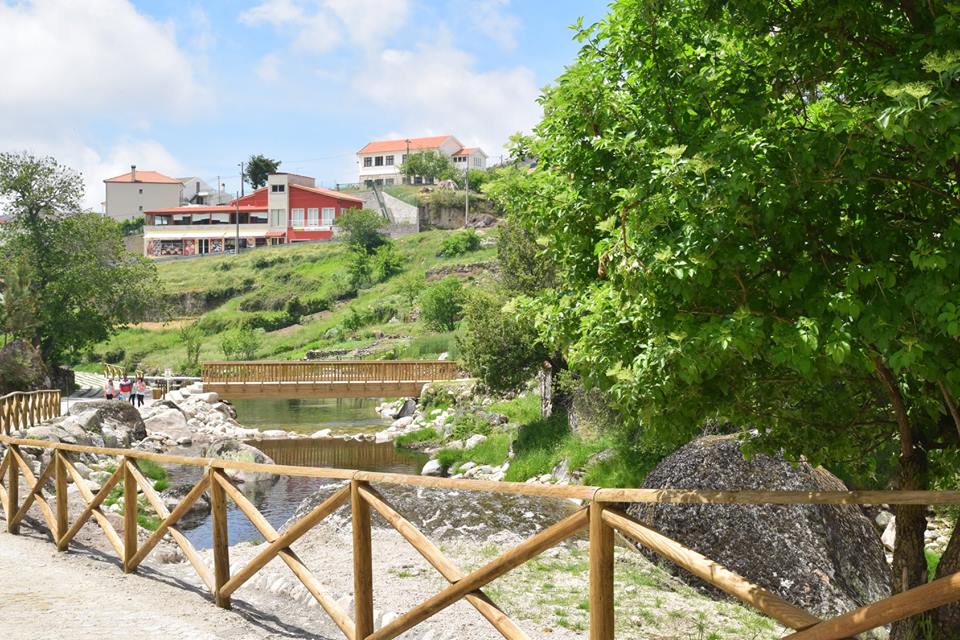
The trip begins in a place that is as remote as magical: the highest village in Portugal, at 1200 meters altitude. Its creation is almost poetic, since Sabugueiro has emerged from the set of shepherds' shelters. Still closely linked to pastoralism and related industries, the village has revealed a new and modern face thanks to rural tourism. With truly delightful natural corners and charming houses, it is a must for anyone who dares to drive on the Serra da Estrela roads.
Manteigas – 21,9 km
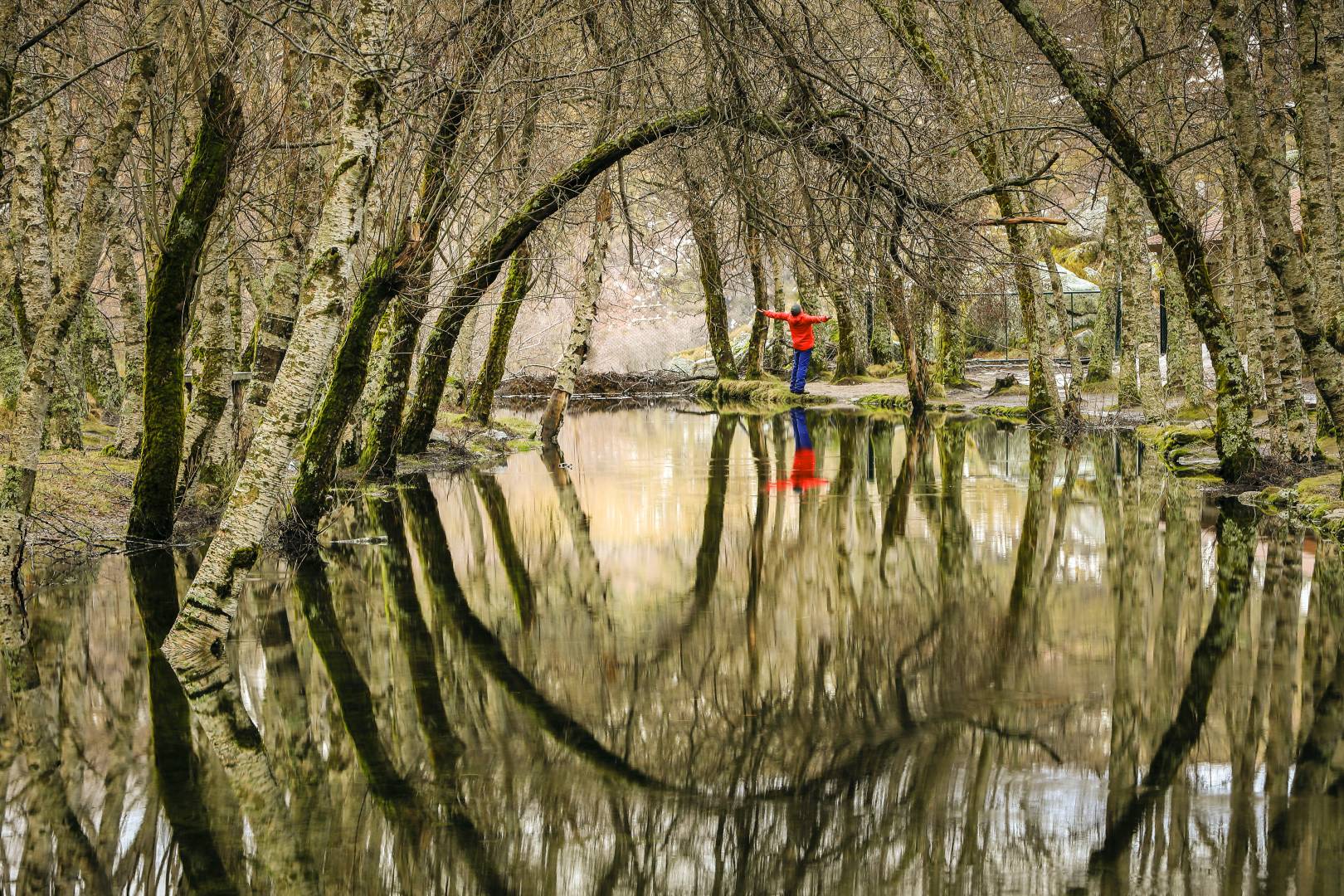
Located in the middle of the Zêzere Glacier Valley, the Manteigas’ village has a "U"-shaped physiognomy designed by Nature, thanks to the disappeared glaciers and the inescapable Covão da Ponte and Covão d'Ametade, among numerous rocks and lagoons. Besides the idyllic landscape, Manteigas is well known for its typical mountain cuisine, with cheese being one of the indispensable ingredients. Although it is a county, it is the smallest in the Guarda district.
Loriga – 22 km
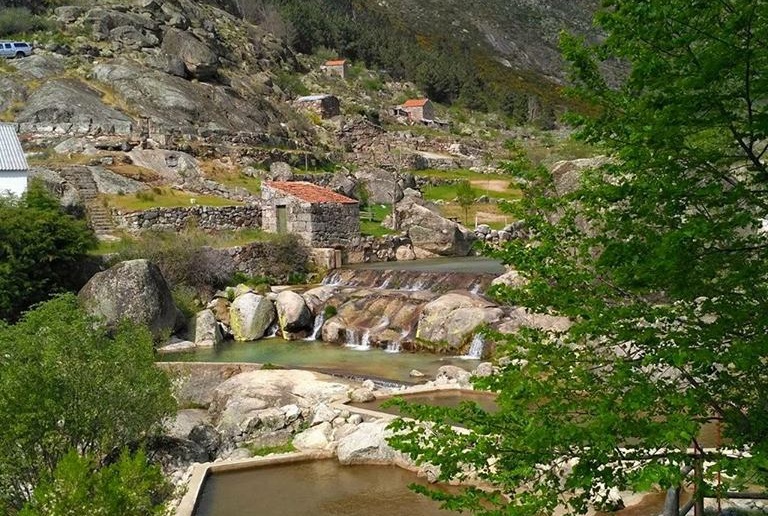
A true paradise for those who seek the opposite of the city bustle, Loriga is hidden among the green landscape of the Serra, at 770 meters of altitude, like a promised oasis after months of hard work. Its natural charm and incredible location even made the village earn the nickname of "Portuguese Switzerland". The valley was inhabited by Suebis, Visigoths and Moors, and it is possible to witness their presence on a Roman road and on the medieval terrace.
Cabeça (Christmas Village) – 22,8 km
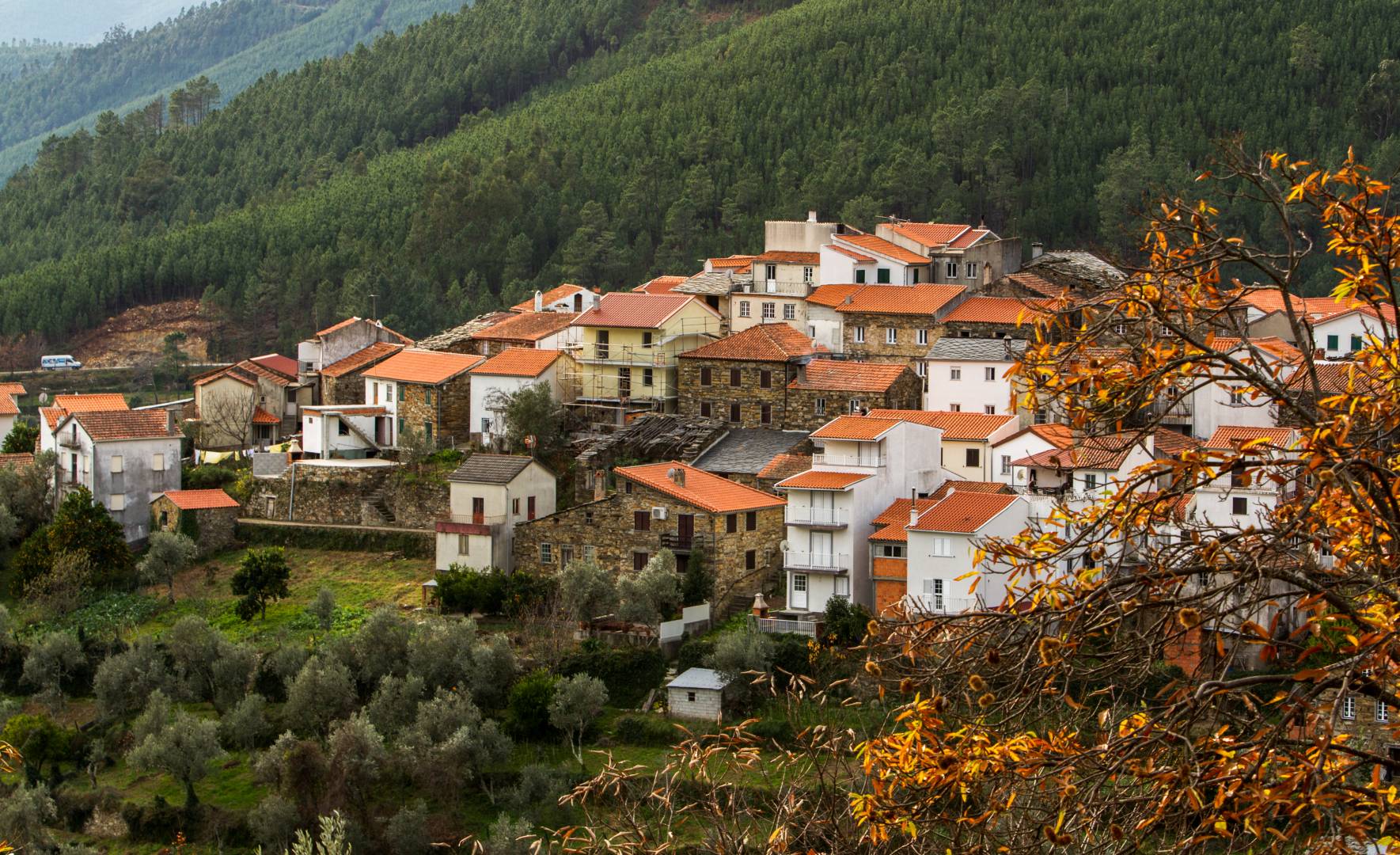
Being a shale and granite area, Cabeça village was adapted to the need of times, with agriculture and other activities adapting to the Serra morphology. The population declined in number, and in spite of the difficult accesses, it tried to keep up: Cabeça was the first village to have wireless Internet in 2007, and from 2013 it gained a new life as Christmas Village. It is a sustainable, innovative event that further enhances the Serra's natural magic.
Valezim – 22,9 km
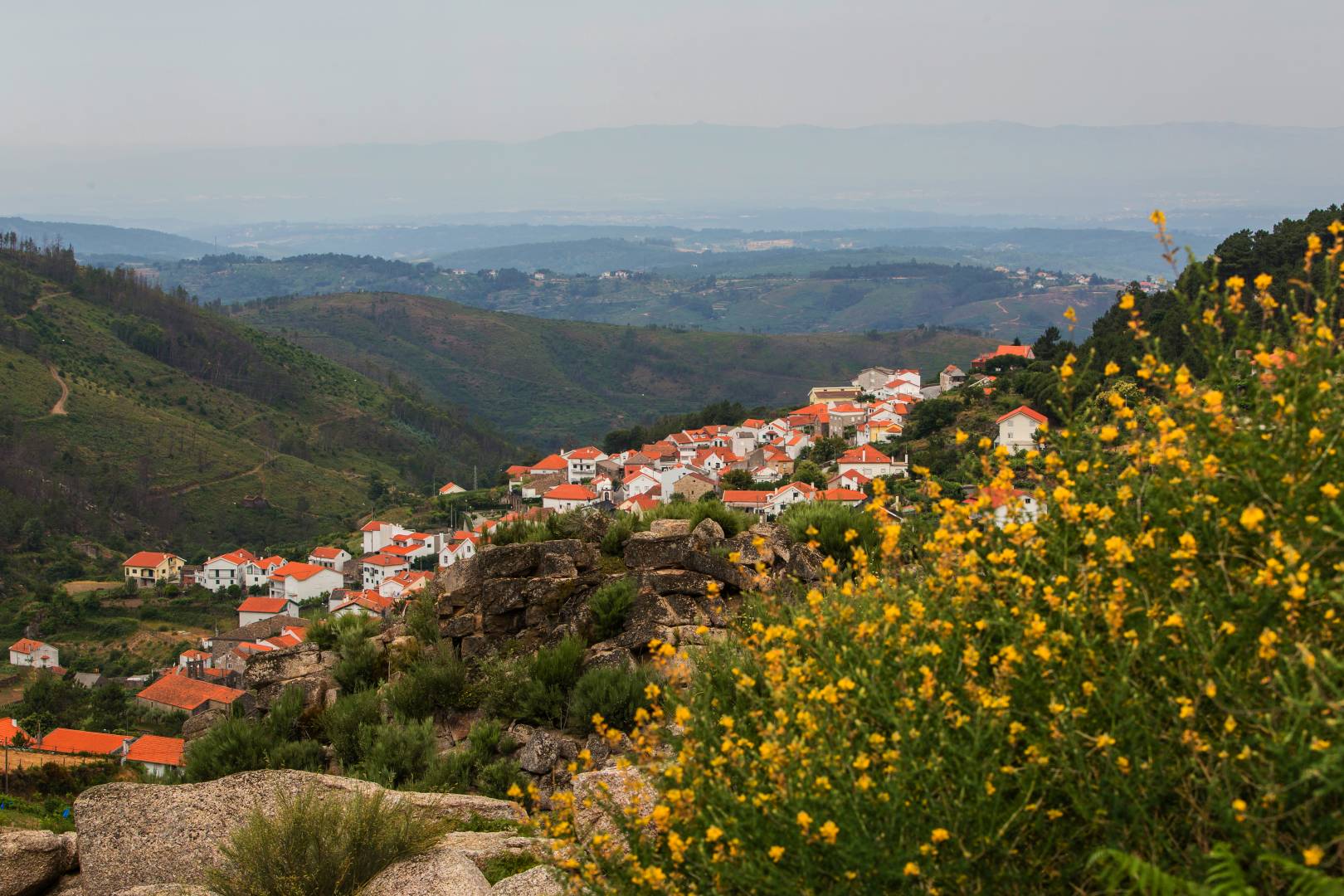
Its name comes from "small valley" (in Portuguese), but, despite its small size, Valezim is very rich in historic terms. Its granite lands are the ideal stage for growing corn and fruit trees, and granite is also the raw material for architectural beauties. You can also find the memories of tin and wolfram mines developed during World War II. The religious works are not to be missed, especially the São João Chapel.
Alvoco da Serra – 31,4 km
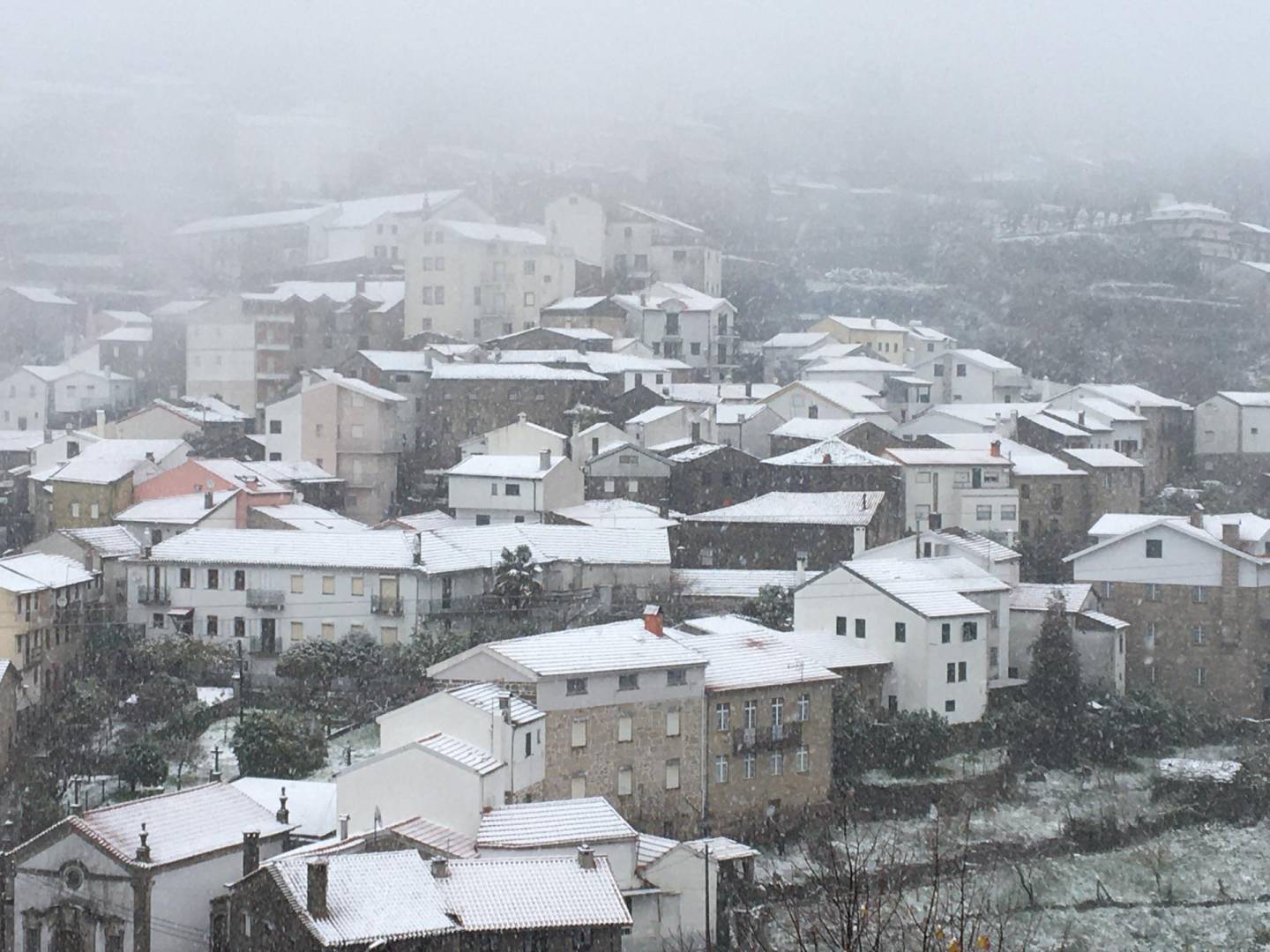
This is the last village of the Seia county of this itinerary. Like the previous ones, it has its tradition inscribed in the agriculture, the dairy products and the pastoral work, being the construction normally ruled by the granite. In its golden age, in the mid-twentieth century, it had three factories in operation, employing much of the population of the surrounding villages. In addition to monuments, namely religious ones, and the barn area, there is also an outdoor swimming pool.
Sortelha – 52,4 km

It's one of the must-see Historic Villages! Set in the Sabugal municipality, the town of Sortelha is one of the best preserved memories of medieval times, embellished by its wall and castle. Get lost on the paths between houses and, if vertigo is not a problem for you, enjoy the breathtaking landscapes that surround the locality. A paradise for those who enjoy photography. Do not miss the “Cabeça da Velha” (literally “Old Lady’s Head”) detail!
Folgosinho – 56,4 km
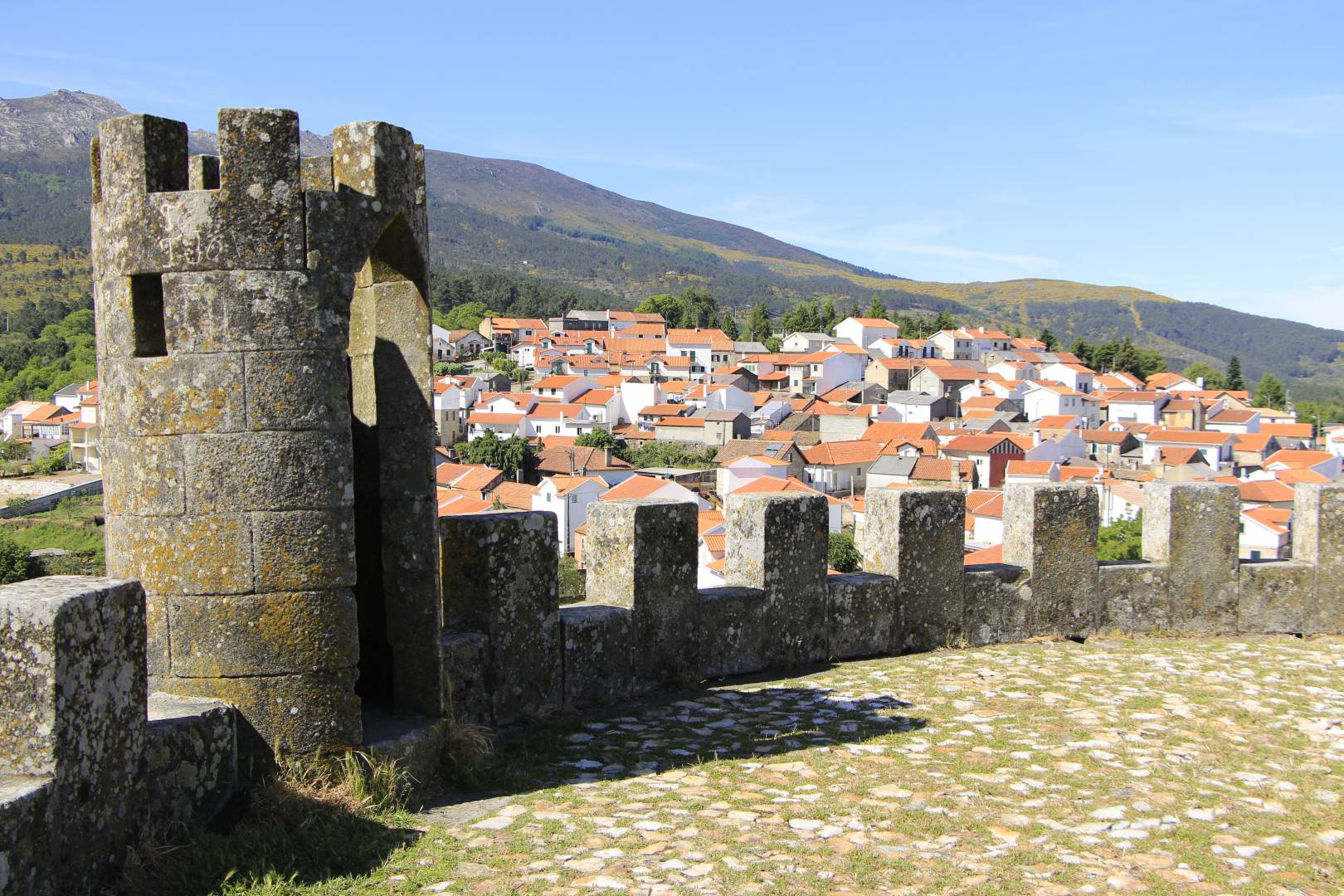
Well-known for its gastronomic references, this village of the municipality of Gouveia deserves a visit. Once with a full stomach, you can venture through the treasures of Folgosinho, namely the portentous castle on the Mondego Valley, the Roman sidewalk of the Galhardos and the hill. Less glamor can be found in the "gallow", where death convicts were suspended, and, today, tragic stories are still told on Cerro das Forcas, at an about 200 meters distance from the hill.
Linhares da Beira – 63,9 km
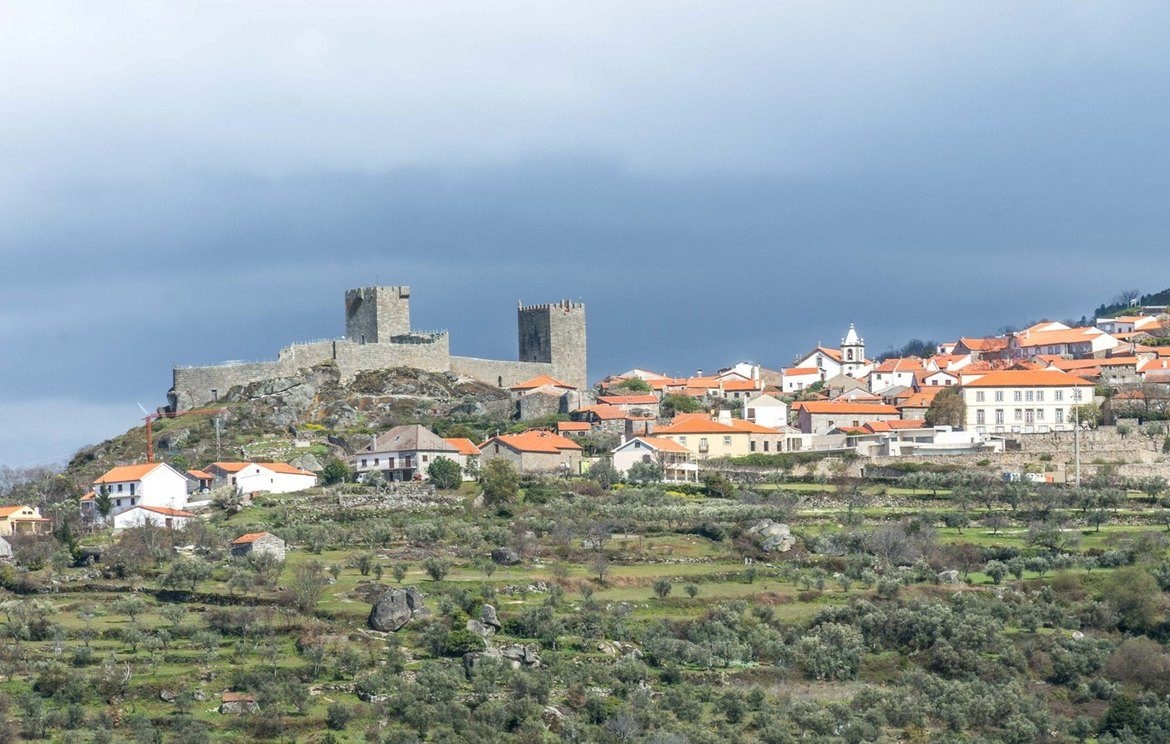
If its sidewalk could speak, Linhares da Beira, in the county of Celorico da Beira, would tell epic stories of Túrdulos and Romans, and adventures of the road that previously connected Emérita to Braga. At 800 meters of altitude, the village breathes a different "habitat" of the Serra da Estrela, although maintaining its cheese tradition. The castle is the most striking element of its landscapes, but a raid into its narrow and winding roads is a true return to a past filled with History.
Almeida – 111 km
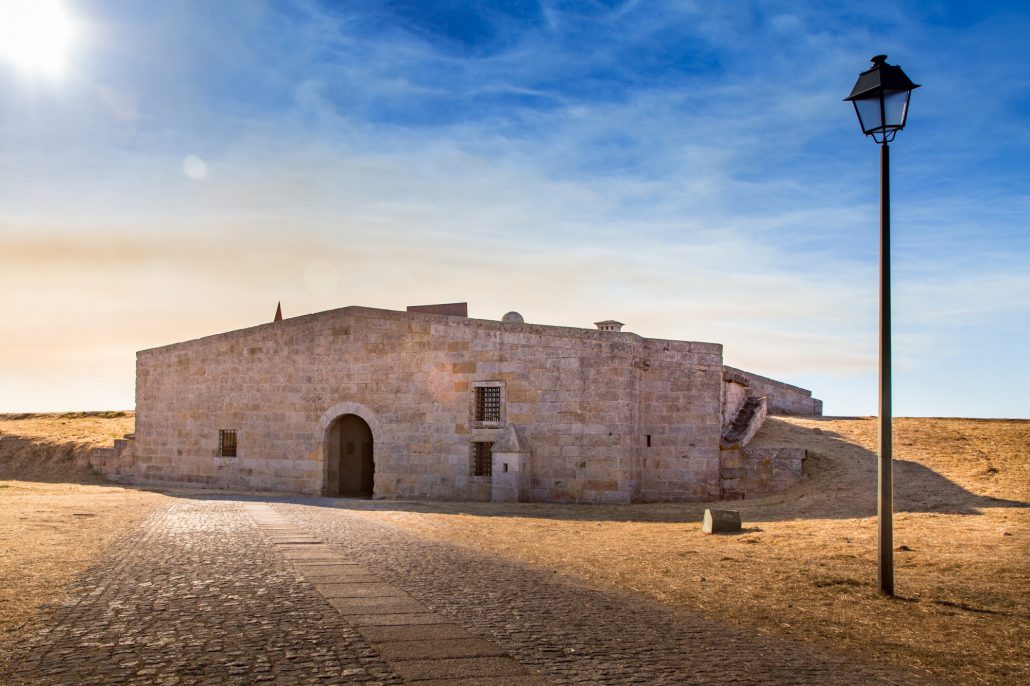
Don’t let the distance to Almeida, located near the border with Vilar Formoso, scare you! The trip is well worth it and, by the way, you can take advantage of strategic stops in other locations, such as Colmeal da Torre (Belmonte) or Arrifana (Guarda). The Almeida Fortress is, with its star format, linked with horse riding, gastronomy and natural routes, one of the most emblematic architectural works of the district.Do not miss Castelo Mendo and Castelo Bom in its vicinity.
Castelo Rodrigo – 130 km
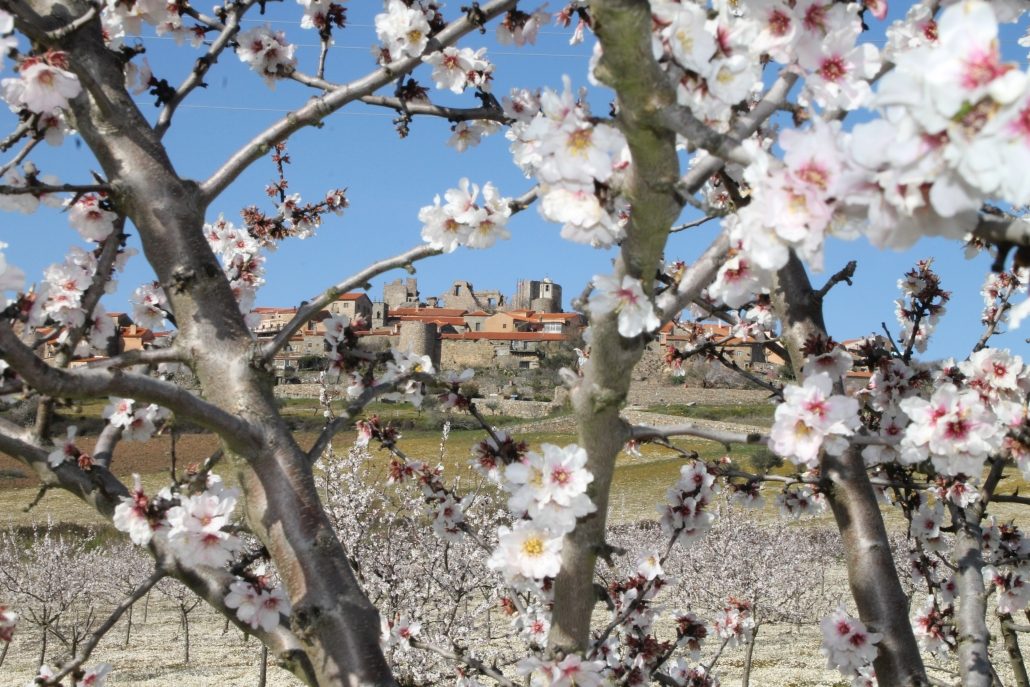
Yet another place with Roman tradition, with a still visible testimony on the sidewalk that crosses the village. One of its trademark images is its, both military and religious, architecture, from which the walls and the castle are the ex-libris. It has one of the most unlikely landscapes in the district: an open-armed King Christ facing the village, built in 1956 at the Alto da Serra da Marofa Viewpoint. As far as local handicrafts are concerned, don't miss the lace and embroidery.
Recommended





